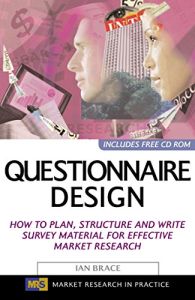
Questionnaire Design
How To Plan, Structure And Write Survey Material For Effective Market Research
Recommendation
This is a highly specialized guidebook for market researchers. Author Ian Brace goes into great detail about designing questionnaires, a process which may seem simple, but is not. Brace thoughtfully considers the variables that can arise in all aspects of planning, structuring, writing and asking survey questions, including how to avoid ambiguity and how the actual questionnaire should look. He hews tightly to the task of getting researchers to formulate the best survey tools possible, even recommending the best type sizes and layouts. This book is only for serious market researchers, who will welcome its enclosed compact disc containing sample questionnaires and designs. In a day when many researchers use time-tested canned questions, this is a craftsman’s handbook on the inside art of drafting a questionnaire. getAbstract.com recommends using this authoritative manual to develop your market research questionnaires. And, if you hire someone to design a questionnaire for you, this will give you some background so you can monitor the content intelligently. In questionnaire design - and supervision - apparently the really dumb question is the one you didn’t ask.
Summary
About the Author
Ian Brace is the research director at TNS UK, a consumer research company. He has been a market researcher for more than 30 years and has worked for many research organizations. He is a Visiting Fellow at Bristol Business School and a member of the Council of the Market Research Society. This book is part of the Society’s series on market research.







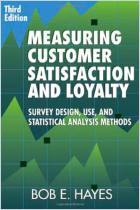
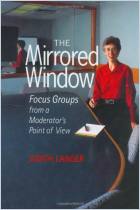

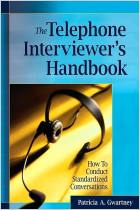

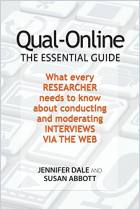






Comment on this summary or Iniciar a Discussão